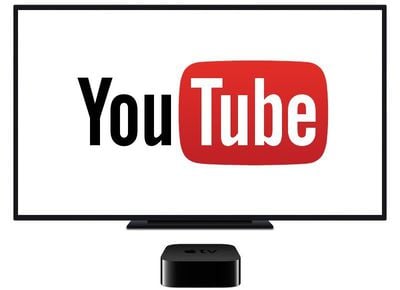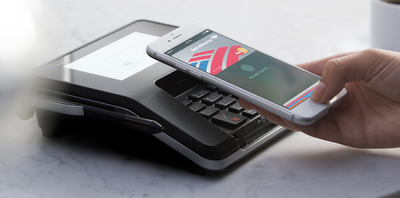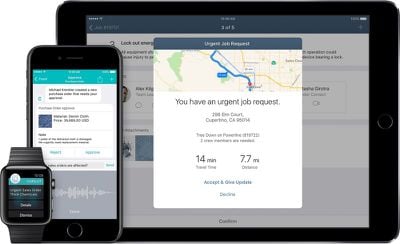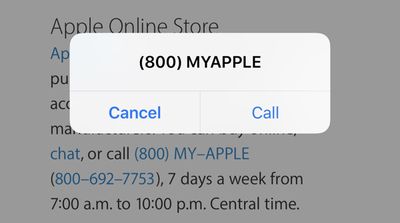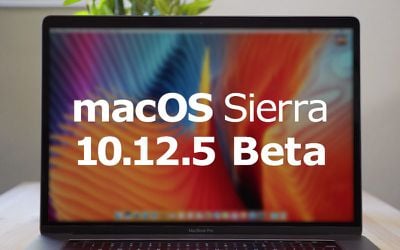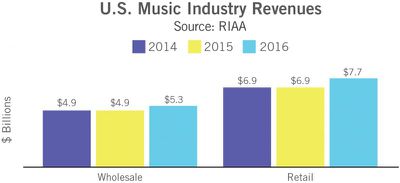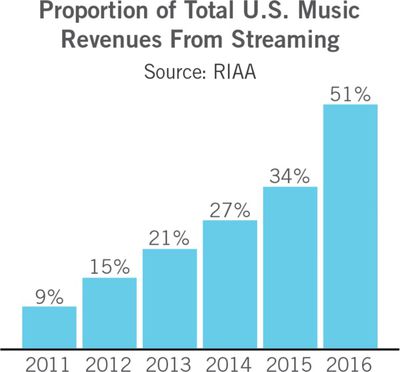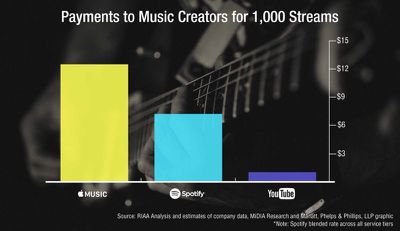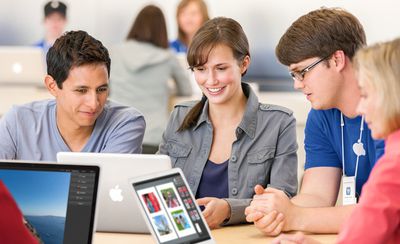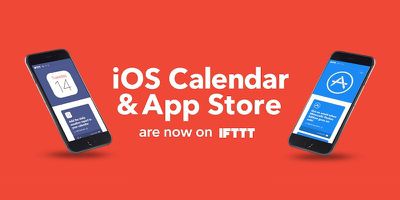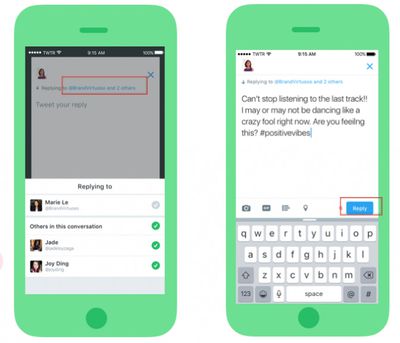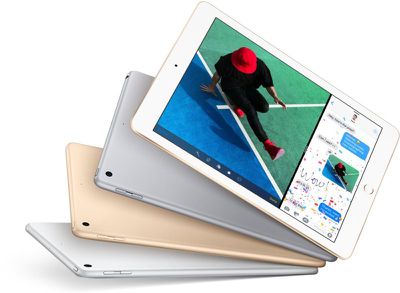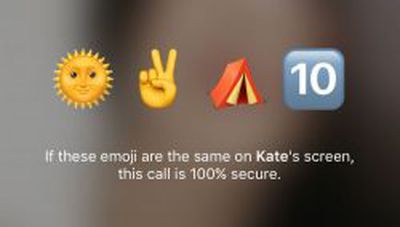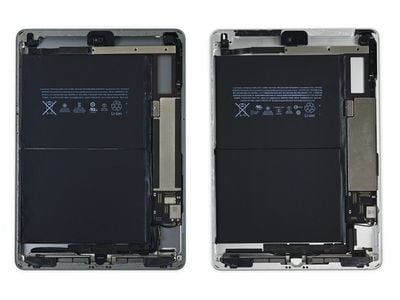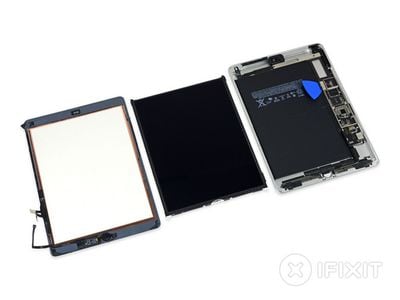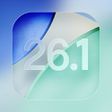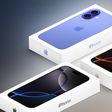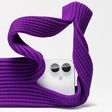 Apple is currently offering popular minimalist puzzler Blyss as its Free App of the Week on the App Store.
Apple is currently offering popular minimalist puzzler Blyss as its Free App of the Week on the App Store.
Blyss combines a unique puzzle mechanic with serene and calming aesthetics, some of which have a Monument Valley-style vibe. The game itself involves white blocks laid in a formation against varied backgrounds and themes, with each block presenting a certain number of dots.
These dots indicate how many times they must be covered with a swipe along the game field, and all of the squares must be eliminated to complete the puzzle, but a danger lurks in removing a square that is vital to completing the level. The App Store Editor's notes are as follows.
Some dots take one swipe, some take two. But one thing's for certain: If you want to clear every puzzle, you have to think through your moves. Failure's inevitable in the high-stakes Endless mode – but trust us – you won't mind restarting.
Blyss launched in July 2016 as Apple Editor's Choice on the App Store in 78 countries. According to MacRumors sister site TouchArcade, "Blyss appears to achieve that sweet spot of being complex and in-depth, while still having a zen-like vibe".
Usually $1.99, the game can be downloaded for free on iPad and iPhone over on the App Store. [Direct Link]


